| Modern Pulp | Aug 19 2021 |


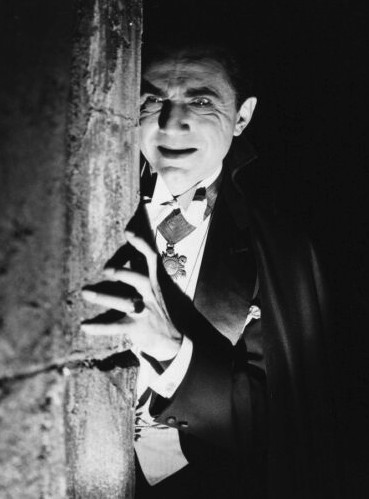 This cool cover fronts the original Hebrew translation of Bram Stoker's Dracula. It looks vintage but it's actually from 1984. It was made from a promo image, as you see, with Bela Lugosi wearing a very hungry expression. Vampires crave blood, but this look must be for something even better, like one of those Israeli jelly donuts—sufganiyot they're called. They'd make anyone modify their diet. Luckily, Dracula wears a cape, which means he won't need a napkin to wipe the powdered sugar off his mouth. Pulp style art from Israel is hard to find, as you can probably imagine. Is this pulp style? We think so, kind of. Anyway, we've located a few things—for example, this cover for Psycho. We'll keep looking and share anything we find.
This cool cover fronts the original Hebrew translation of Bram Stoker's Dracula. It looks vintage but it's actually from 1984. It was made from a promo image, as you see, with Bela Lugosi wearing a very hungry expression. Vampires crave blood, but this look must be for something even better, like one of those Israeli jelly donuts—sufganiyot they're called. They'd make anyone modify their diet. Luckily, Dracula wears a cape, which means he won't need a napkin to wipe the powdered sugar off his mouth. Pulp style art from Israel is hard to find, as you can probably imagine. Is this pulp style? We think so, kind of. Anyway, we've located a few things—for example, this cover for Psycho. We'll keep looking and share anything we find.| Vintage Pulp | Jan 18 2016 |

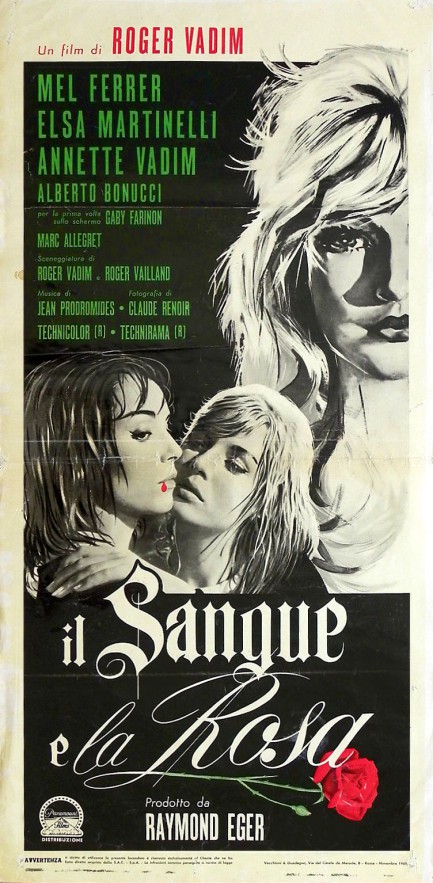
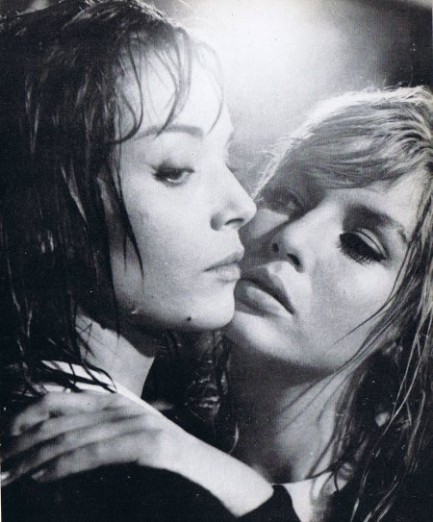 When we shared a poster for Roger Vadim’s Il sangue e la rosa way back in 2009 we didn’t talk about the movie. But since we found this beautiful alternate promo to show you, we thought we’d watch the film again to refresh our memories. It’s an ethereal gothic drama about a woman caught in a love triangle who is subsequently possessed by a vampire after an accidental explosion opens the monster’s centuries buried tomb. It feels like a supernatural version of Emily Brontë, but the source material was actually from Sheridan le Fanu, whose vampire story Carmilla predates Bram Stoker’s Dracula by more than twenty years. Long on lustful gazes, lingering fog, and lilting harp music, short on chills and thrills, Il sangue e la rosa is more of a Vadim art piece than a conventional film, but it has some charms, personified by Elsa Martinelli and Annette Vadim, aka Annette Stroyberg. Il sangue e la rosa premiered in Italy today in 1961. See the other poster here.
When we shared a poster for Roger Vadim’s Il sangue e la rosa way back in 2009 we didn’t talk about the movie. But since we found this beautiful alternate promo to show you, we thought we’d watch the film again to refresh our memories. It’s an ethereal gothic drama about a woman caught in a love triangle who is subsequently possessed by a vampire after an accidental explosion opens the monster’s centuries buried tomb. It feels like a supernatural version of Emily Brontë, but the source material was actually from Sheridan le Fanu, whose vampire story Carmilla predates Bram Stoker’s Dracula by more than twenty years. Long on lustful gazes, lingering fog, and lilting harp music, short on chills and thrills, Il sangue e la rosa is more of a Vadim art piece than a conventional film, but it has some charms, personified by Elsa Martinelli and Annette Vadim, aka Annette Stroyberg. Il sangue e la rosa premiered in Italy today in 1961. See the other poster here.

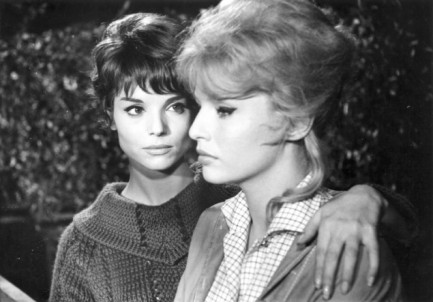
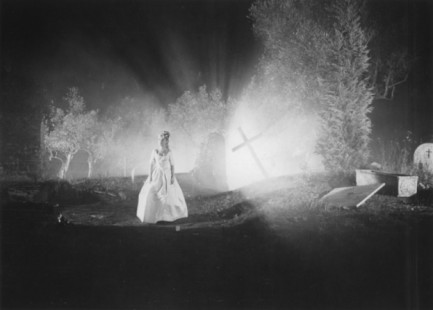
| Vintage Pulp | Nov 30 2012 |

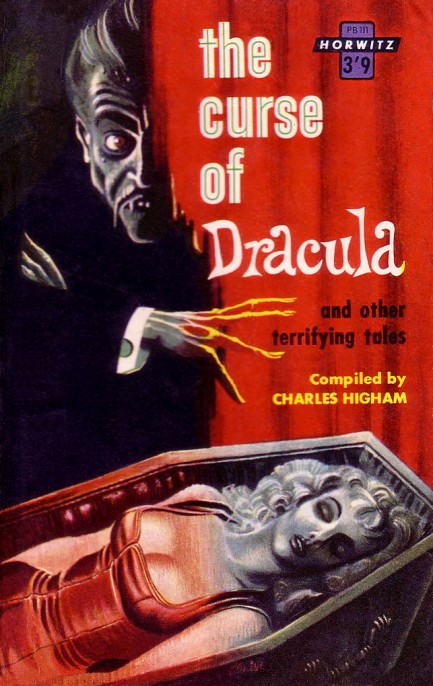
Above is an absolutely vibrant cover for Charles Higham’s vampire anthology The Curse of Dracula and Other Terrifying Tales, published by the Aussie imprint Horwitz in 1962. Inside you get six stories by Theophile Gautier, H.T.W. Bousfield, Ambrose Bierce, E. Nesbit, Honoré de Balzac, and that one guy, er, what’s his name? Ah! Bram Stoker. The cover artist was Frank Benier, who was Australian by birth but Basque by ancestry and saw his first piece published when he was but fourteen. Apparently, he was primarily a cartoonist, but this is a top tier pulp painting he’s put together here. Hopefully we’ll run across more of his work down the line.
| Vintage Pulp | May 16 2012 |

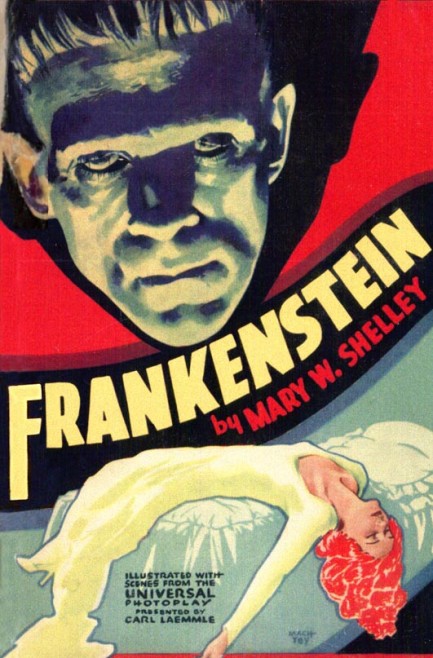
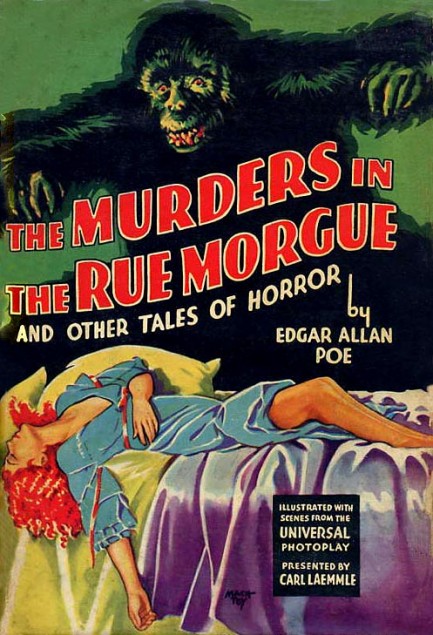
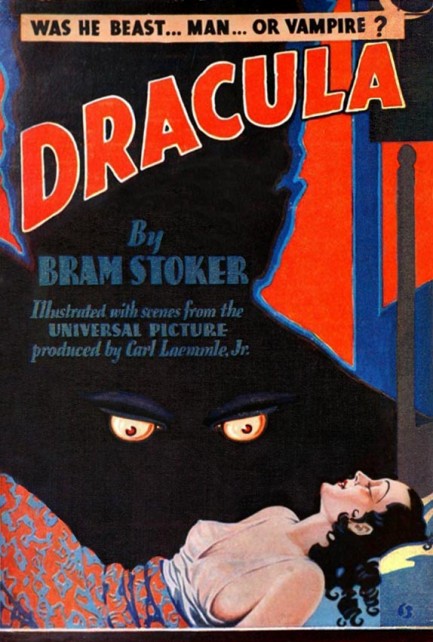
Above are three dust jackets for the classics of macabre literature Frankenstein, The Murders in the Rue Morgue, and Dracula, by Shelley, Poe, and Stoker respectively. These books are photoplay editions, i.e. novelizations of silent film source material. The editions usually had a handful of production photos inside, as well as film production credits. Basically, these were seen as forms of advertisement for the movies, and back then it was the books people were interested in, not the dust jackets. As a result, the jackets were not well treated by owners, and often were thrown away. That may seem strange, looking at the art above, but it’s true. Picture an old movie. Any old movie. And now imagine a scene set in a study or den. See all those books on the walls? No dust jackets. Back then books were thought of as classiest and most impressive sans jackets. That’s why the items above are extraordinarily rare, and are each worth a fortune today. The first two were painted by Nathan Machtey, and the third is signed G.B., who is a painter unknown to us so far. But all three look rather the same, don't they, with a looming, monstrous shape menacing an insensate woman? They are pure brilliance. We’ve seen some of these at auction for $5,000, and we hear they can go for much more. Much, much more. Of course, the most expensive ones are first editions, with book and dust jacket paired and in good condition, but if the book and jacket are separated, the jackets still go for mucho dinero. We’ll keep an eye out for more Machtey work, and try to identify that second artist. We'll also look for more photoplay editions, and share whatever we uncover.




































































